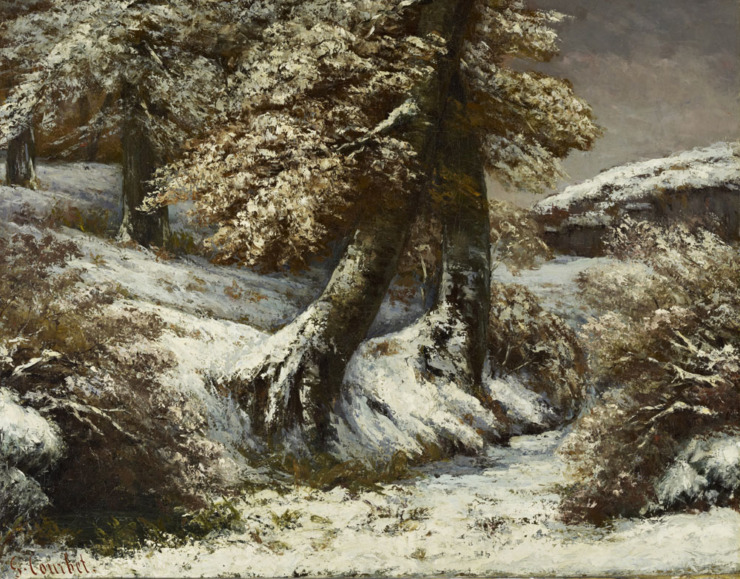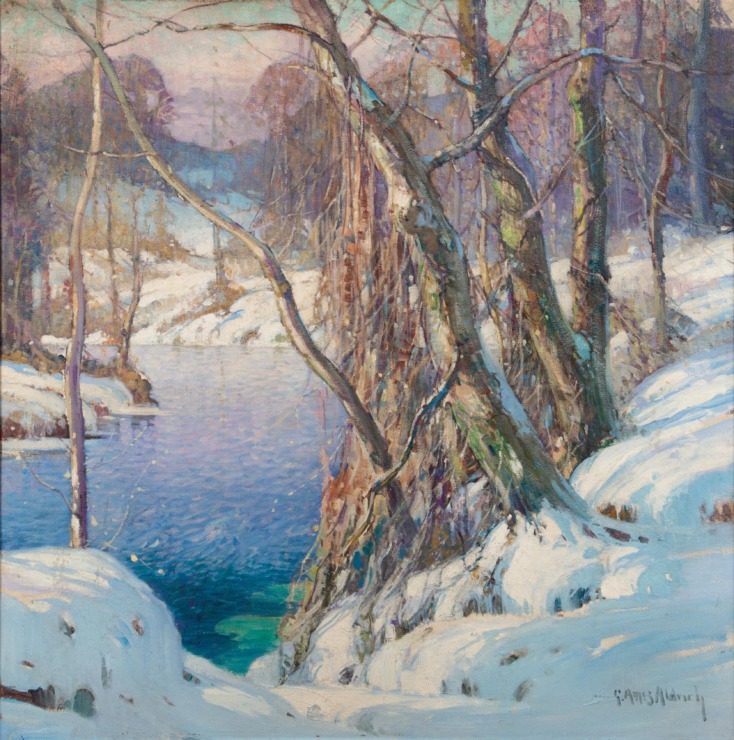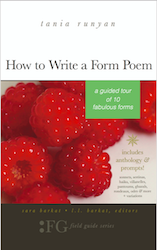In Drear Nighted December
In a drear-nighted December,
Too happy, happy tree,
Thy branches ne’er remember
Their green felicity:
The north cannot undo them,
With a sleety whistle through them;
Nor frozen thawings glue them
From budding at the prime.
In a drear-nighted December,
Too happy, happy brook,
Thy bubblings ne’er remember
Apollo’s summer look;
But with a sweet forgetting,
They stay their crystal fretting,
Never, never petting
About the frozen time.
Ah! would ’t were so with many
A gentle girl and boy!
But were there ever any
Writhed not at passed joy?
To know the change and feel it,
When there is none to heal it,
Nor numbed sense to steal it,
Was never said in rhyme.
-John Keats
Enjoy Artistic Representations of “In Drear Nighted December” by John Keats

Gustave Courbet – Trees in the Snow, c.1865

Winter Landscape with River by George Ames Aldrich.
Listen to Readings of “In Drear Nighted December”
Listen to Musical Interpretations of “In Drear Nighted December” by John Keats
John Keats Biography
Keats was born in London on Oct. 31, 1795; a few weeks later he was baptized at St. Botolph Without Bishopsgate Church, near where his parents lived and father worked as the manager of a stable owned by his father-in-law. Keats was the eldest of four children, with George, Tom, and Fanny following him. The family was well off enough that the boys were sent to Clark’s Academy in Edmonton at what is now the north London borough of Enfield for their education; it was riding his horse home from a visit to the school that Keats’ father fell and died the next day. His mother remarried (rather quickly, in fact), fought with the rest of the family, and died fairly young from consumption or tuberculosis, which was all too common at the time and would eventually claim the life of Keats’ youngest brother, Tom, as well as Keats himself.
He was apprenticed to a local doctor, but the relationship didn’t seem to work too well. He ended up working at St. Guy’s Hospital in the Southwark district of London, continuing his medical training and writing poetry (the site of the original St. Guy’s in now occupied by London’s tallest office building, known locally as “The Shard”).
While Keats had numerous city connections (Anita Miller also has a “Keats in the City” walk), it is with Hampstead that he is most closely associated. Fellow poets lived there, as did the editor who first published his poetry. Artists whom Keats associated with lived there. Keats himself would move there with his brothers. Keats and his friends would wander Hampstead Heath, talking and arguing poetry and the issues of the day. After moving into Wentworth House in Hampstead, Keats wrote five of six famous odes, including “Ode to a Nightingale.” And it would be at Wentworth House in Hampstead that Keats would realize that he was dying from the same disease that took his mother and younger brother.
Enjoyed In Drear Nighted December by John Keats and want to know more about Keats’ life? Try A Month With Keats: A Walk Into His Life
That’s it for In Drear Nighted December!
BUY ‘HOW TO WRITE A FORM POEM’ NOW!
